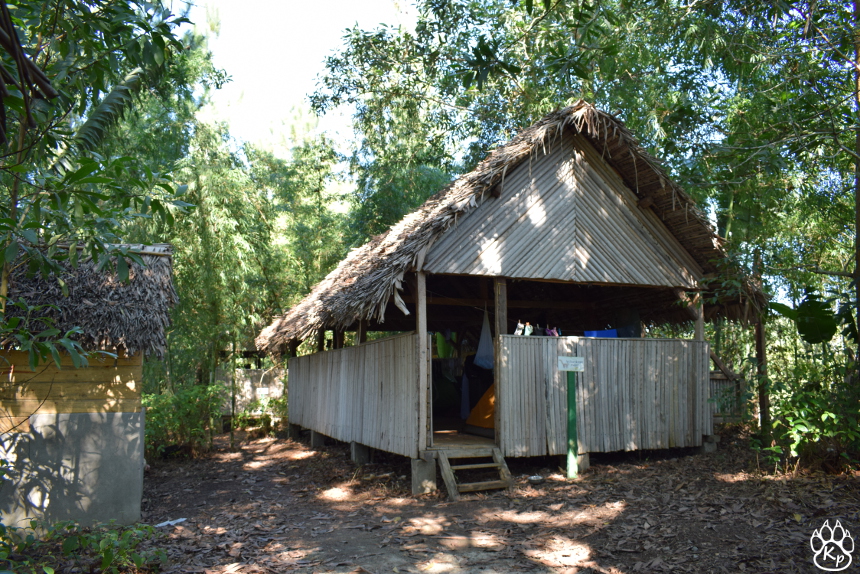
When MBP started working in the Kianjavato commune in 2008, they founded the Kianjavato Ahmanson Field Station, or KAFS as everyone here knows it as, to be the centre of operations and accommodation for project workers coming from far away. Along the years the field station expanded, from just a couple of crates on the side of a hill, today KAFS includes several structures.
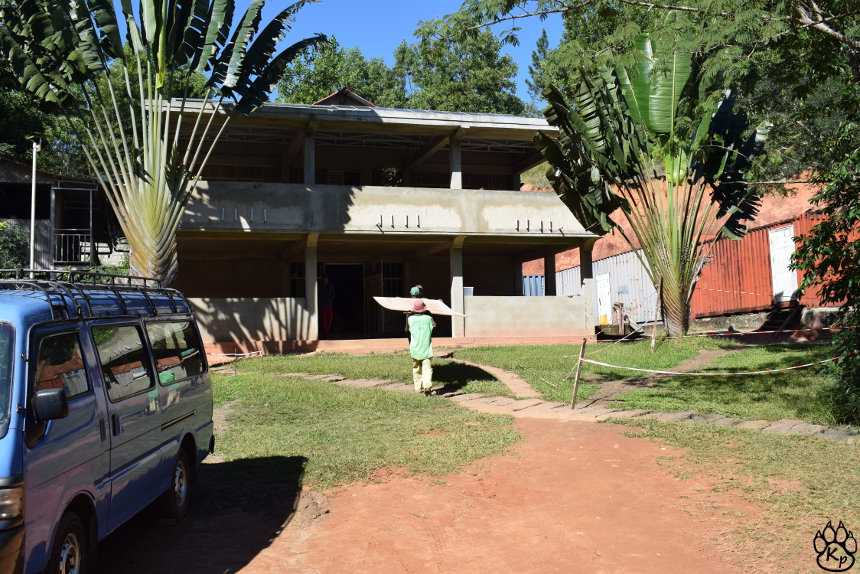
After you walk up the driveway from the road, you will find on your left the dining hall and the kitchen. This is where you can find the cook and assistant cook all day long, chopping and shredding and boiling food in pans heated on the fire stoves. The dining hall often doubles as work or social space, but if you want privacy and quiet, you can go on the terrace of the two storey multipurpose building. This is where all the project equipment and some of our personal belongings are kept, because it’s the only building with a lock! On top of it are several solar panels that allow us, at least on sunny days, to charge computers and phones, essential for project reports and communication.
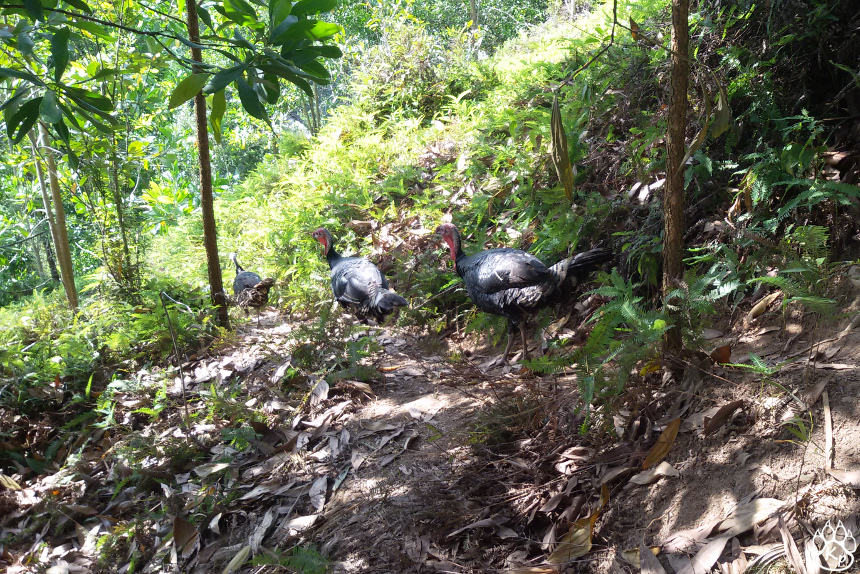
Walking up the hill behind this building, after crossing the path with our flock of turkeys, you will find several tent platforms. Hidden among trees and covered with ravinala leaves, this is where volunteers and staff set the tents, sheltered from the rain and the wind. Many of these platforms are still under construction, as is the walkway that will, in the future, connect all the tent sites through a nice, not muddy or slippery path. KAFS is still growing and everywhere you can see constructions in progress.
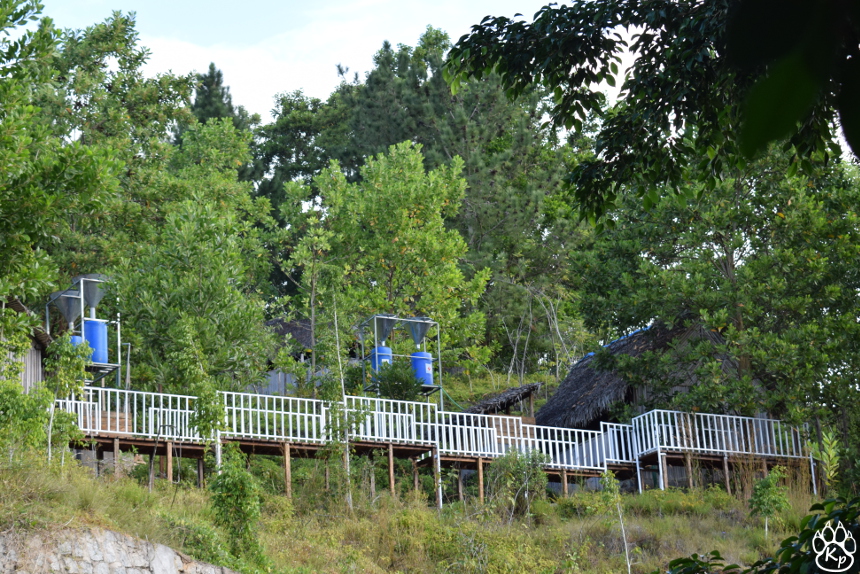
Our typical day starts before dawn, when we sleepily get up, get dressed and stumble down the hill for breakfast. After a bowl of rice and a cup of hot coffee, we pile up in the car with our equipment and we are off to Kianjavato. Here me and Emma will go into Sangasanga forest with our guides, Amy and Arielle will either come to Sangasanga or go to Vatovavy mountain for the Varecia monitoring, while Caroline and Carolina will stay in the car for reforestation work.
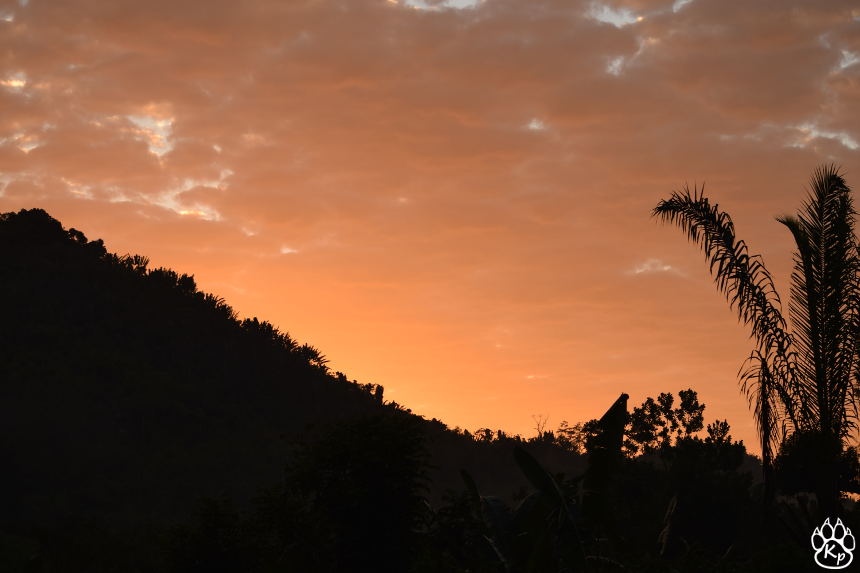
Around lunch time we finish our work in the field and hike back to Kianjavato where the car is waiting to bring us back to KAFS (well, that’s if we are lucky, otherwise we just hike back 4km). After a filling bowl of rice, we spend the afternoon at the field station. First we copy the data that we gathered in the forest on the computer files that we will then send to the project supervisors back in Omaha Zoo (USA).
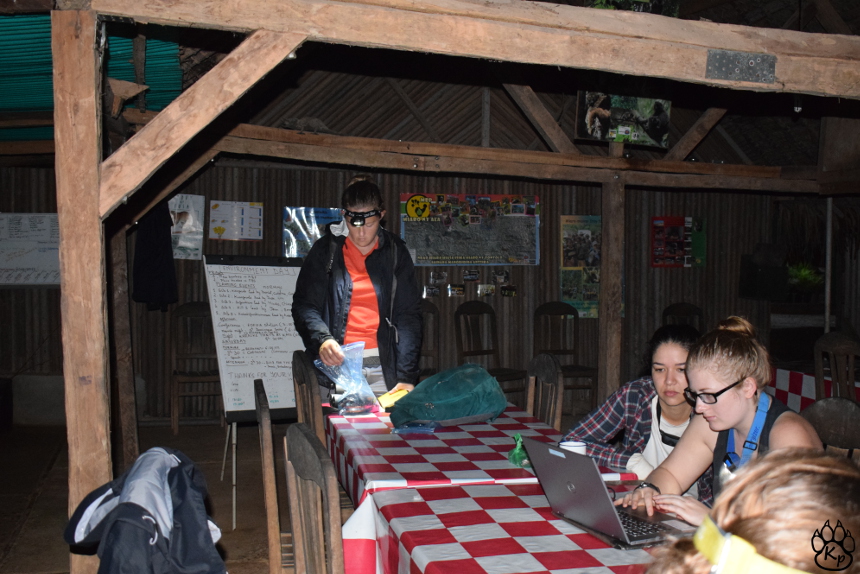
After that, our work day is concluded and we have time to shower, relax and walk around the neighbouring villages, or organise our next weekend trip. A cold bucket shower after a sweaty morning in the field is bliss. Although it means pulling up the water in a bucket from a deep well and then shower in a mosquito infested shack. If it’s also cold or raining it isn’t as blissful, quite the contrary. You’ll have to forgive us for smelling bad when you meet us around here.
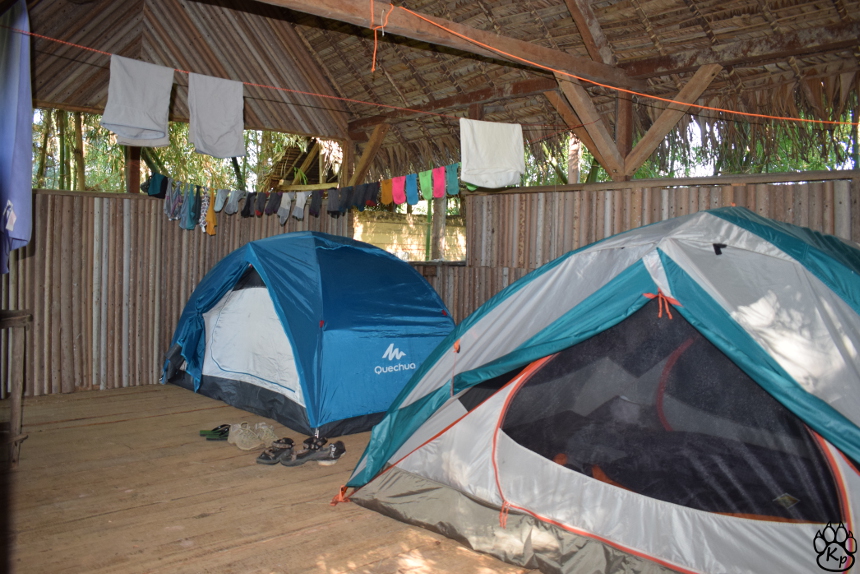
After sunset, around 6, we have dinner, which consists of (any guess?) a stuffing bowl of rice. A couple of card games later, the solar power is turned off and we tiredly crawl up the hill to go to lie down on our sleeping mats in our tents.